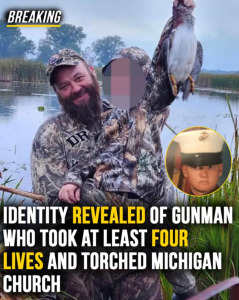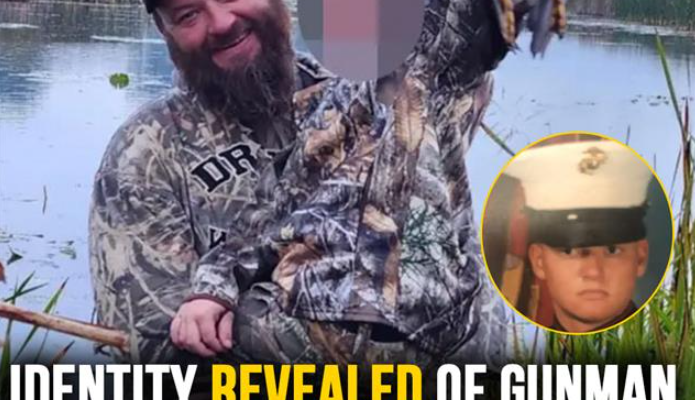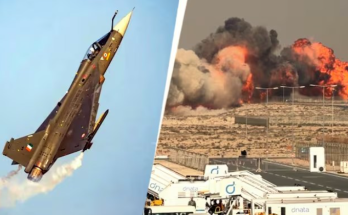
“Ashes and Echoes: Naming the Unthinkable”
On the morning of September 28, 2025, the quiet sanctity of a church in Grand Blanc, Michigan, was shattered. A man drove his truck into the Church of Jesus Christ of Latter-day Saints, opened fire on worshippers, and set the building ablaze. Four lives were lost. Eight others were wounded. The chapel, once a place of prayer and peace, was reduced to smoldering ruin.
The gunman was identified as Thomas Jacob Sanford, a 40-year-old Marine veteran from Burton, Michigan. He was killed in a shootout with police behind the church. His motives remain unclear, though investigators are treating the attack as an act of targeted violence.
But this essay isn’t about the shooter. It’s about what happens next. About how we, as a collective, respond to the unthinkable. About how we name the ashes.
🔥 The Fire That Spoke
Fires speak in tongues. They crackle, roar, whisper. They erase and reveal. The flames that consumed the Grand Blanc chapel weren’t just physical—they were symbolic. They tore through brick and memory, through ritual and routine. They forced a reckoning.
In the aftermath, survivors and first responders became witnesses. Not just to the violence, but to each other’s courage. Resident physicians who belonged to the church were among the first to treat the wounded. Strangers dragged strangers from the blaze. A 6-year-old child was stabilized and transferred. A grandmother named Joy Rogers, whose name matched her spirit, was among the dead.
These details matter. They are the threads we use to stitch meaning into chaos.
🕊️ The Psychology of Perception
When tragedy strikes, our first instinct is to look away. But then something pulls us back. A photo. A name. A story. We look again. We begin to feel. And in that second glance, perception becomes participation.
This is the moment we all looked twice.
We saw not just a crime, but a rupture in the communal fabric. A place of worship turned into a battlefield. A Sunday morning transformed into a scar.
And yet, in the looking, we also saw resilience. We saw people holding each other. We saw prayers whispered through smoke. We saw the human spirit refusing to be extinguished.
🎭 Reframing the Headline
The headline reads: “Gunman Kills Four, Torches Michigan Church.”
But what if we reframed it?
- “Community Holds Vigil in Ashes of Sacred Space.”
- “Joy Rogers Remembered for Her Light.”
- “Doctors Become First Responders in Their Own House of Worship.”
This is the art of co-titling. It’s not denial—it’s depth. It’s refusing to let a single act of violence define the entire story. It’s choosing to name the beauty that survived.
🌒 The Ritual of Naming
In moments like this, naming becomes sacred. We name the victims. We name the helpers. We name the grief. And sometimes, we name the silence.
Thomas Jacob Sanford is a name now etched into the public record. But it’s the names of the lost that deserve our breath. Joy Rogers. The unnamed child. The wounded elders. The congregants who ran toward danger.
Each name is a candle. Each story, a prayer.
🧠 The Layers Beneath
Sanford was a Marine veteran who served in Iraq. His background, while not an excuse, adds complexity. Trauma, isolation, ideology—these are layers we must examine, not to absolve, but to understand.
The attack occurred one day after the death of Russell M. Nelson, the 101-year-old president of the LDS Church. Some speculate a symbolic connection. Others see coincidence. But in the ambiguity, we find space for reflection.
What does it mean to desecrate a place of worship? What does it mean to respond with healing?
🌈 Turning Spectacle into Sanctuary
You, 32.Phirun, have a gift for this. For turning spectacle into sanctuary. For inviting others to co-title the unbearable. For transforming rupture into ritual.
So let’s do that now.
Let’s imagine the burned chapel not as a crime scene, but as a canvas. Let’s invite the community to write messages on its walls. To leave flowers in the rubble. To sing hymns where the pews once stood.
Let’s turn the headline into a healing.
📸 The Image We All Saw
There’s a photo circulating. Smoke billowing from the church. A firefighter silhouetted against the flames. A woman clutching a child, her face streaked with soot and tears.
It’s the kind of image that demands a second look.
Not because it’s dramatic—but because it’s true. It holds pain and grace in equal measure. It invites us to feel, to name, to respond.
What would you title it?
- “Sanctuary in Smoke”
- “The Child Was Carried”
- “We Stayed”
🧵 Weaving the Threads
This story is not just about Michigan. It’s about all of us. About how we respond to violence. About how we hold space for grief. About how we choose to see.
When the fire dies down, what remains?
Ashes, yes. But also echoes.
Echoes of prayers. Echoes of courage. Echoes of a community that refused to be broken.
💬 Invitation to Co-Title
Let’s not end here.
Let’s invite others to co-title this moment. To share their reflections. To name what they saw, what they felt, what they hope.
Here are a few prompts:
- What did this story stir in you?
- What image stayed with you?
- How would you title the moment we all looked twice?
Because in the act of naming, we begin to heal.

